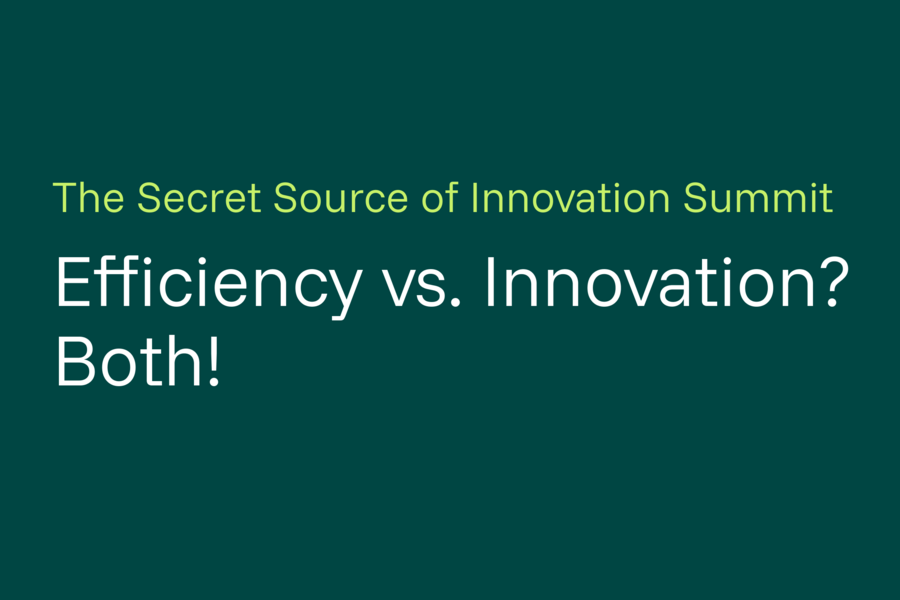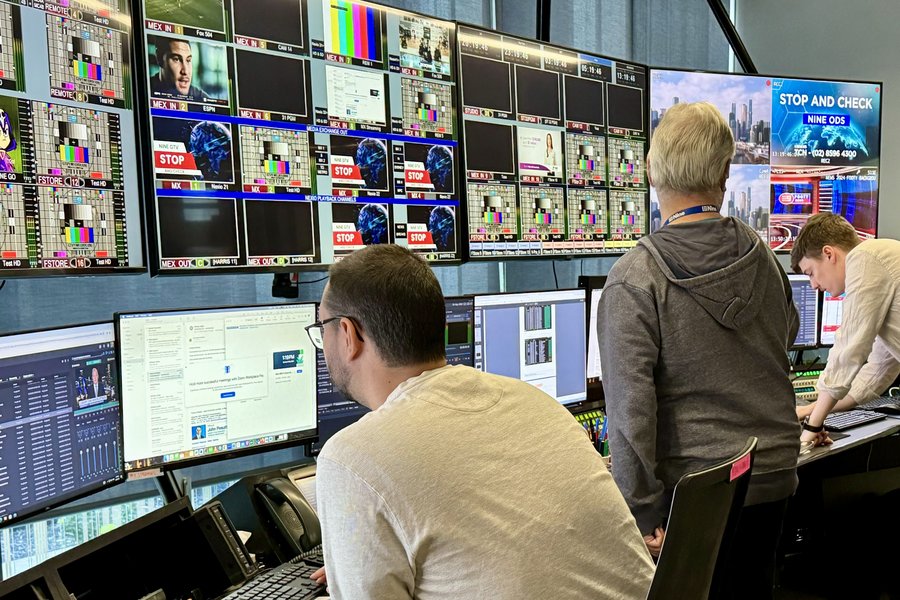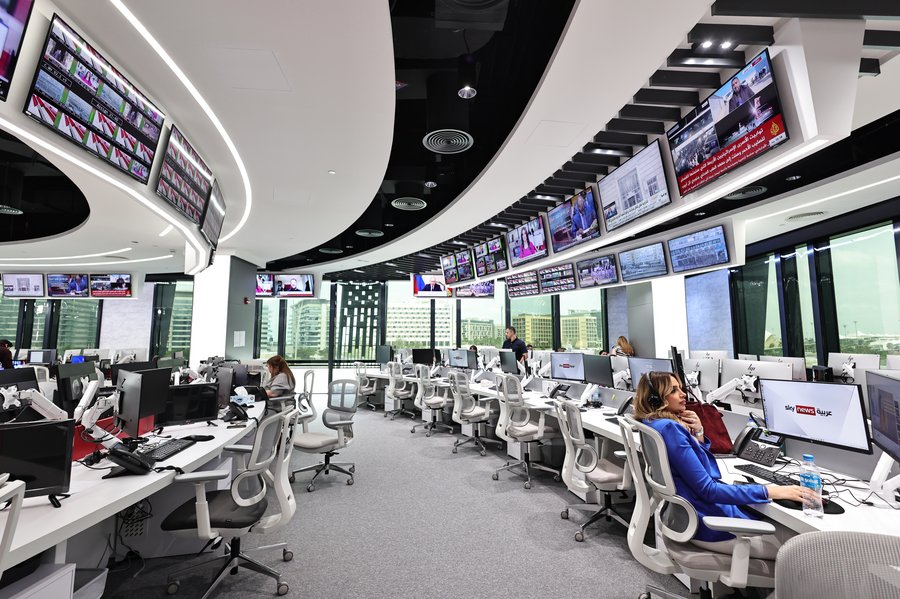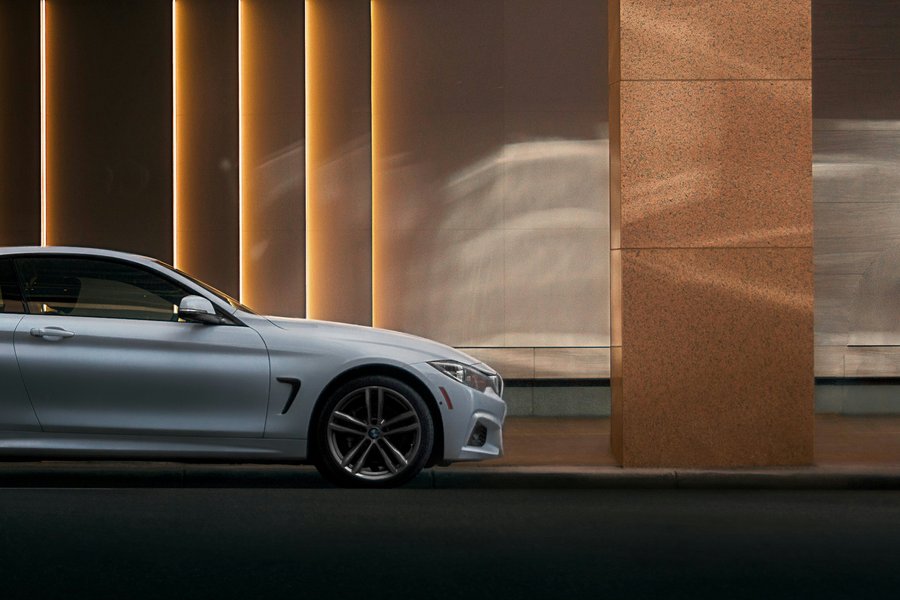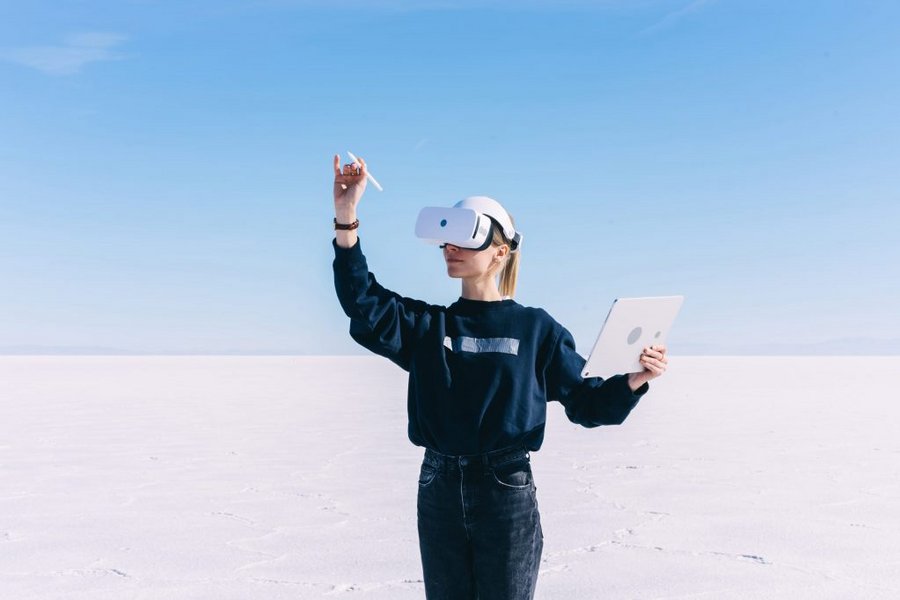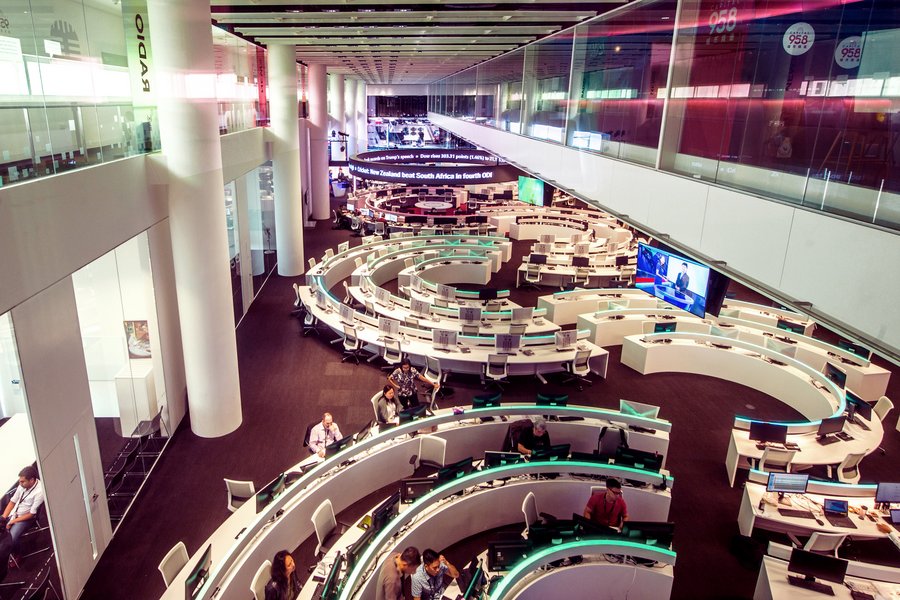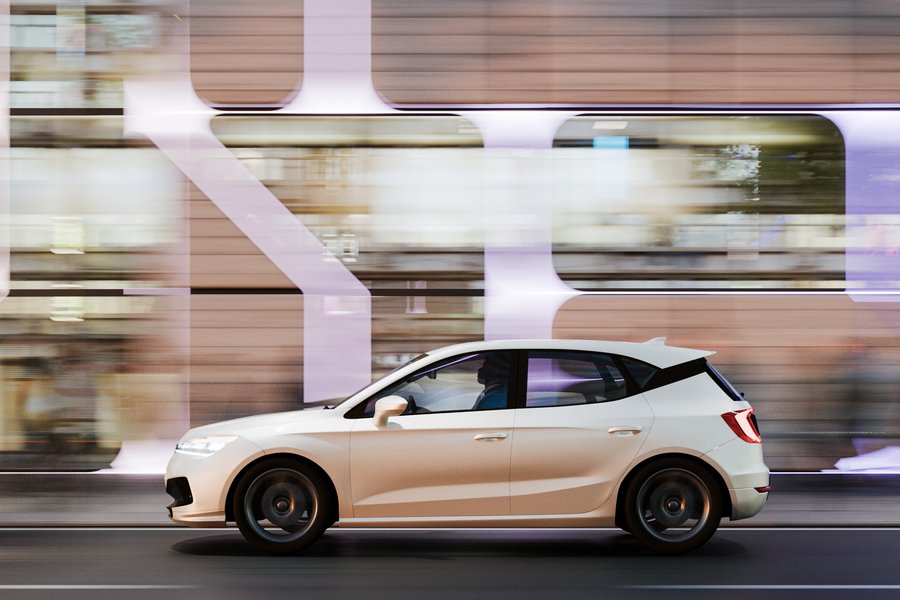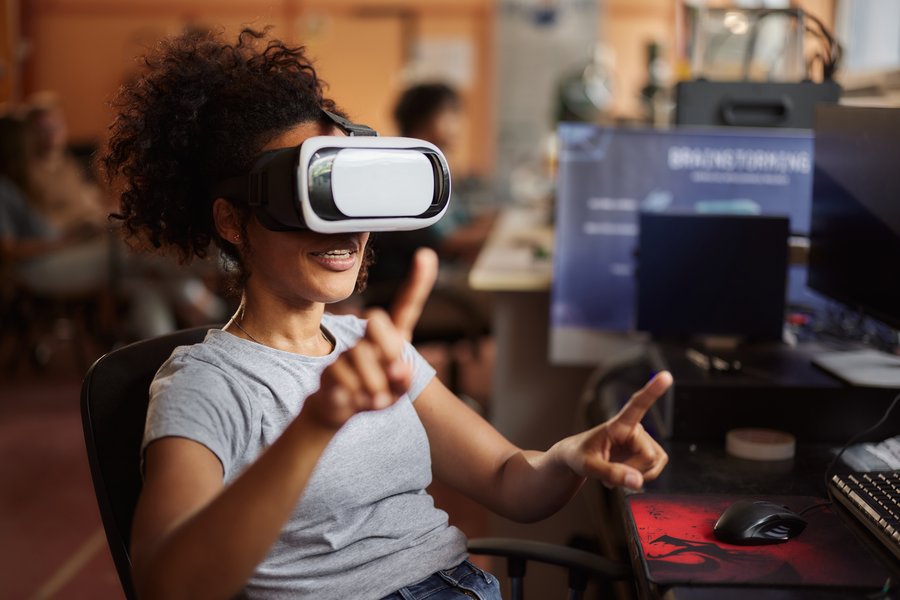Entertainment goes immersive
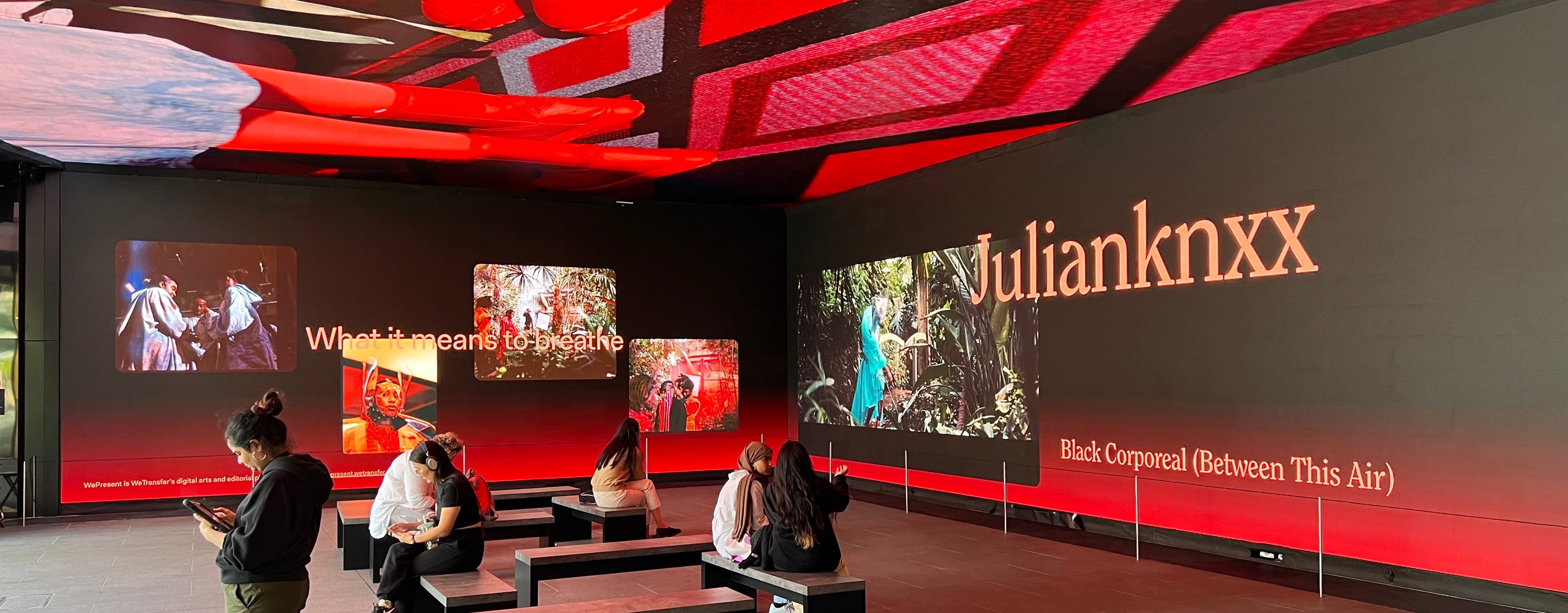
How brands use interactive worlds, virtual spaces, and experiential environments for storytelling
Storytelling has never been more exciting. Where once text, images, and video were enough to convey messages, immersive technologies now open entirely new dimensions. Those with something to say can draw audiences into captivating experiential worlds. Virtual spaces, interactive experiences, and hybrid physical-digital locations don't just make brands visible but tangible.
The focus has long since shifted from screen to experience. Users explore these environments through VR headsets, AR apps, web browsers, or on-site at specially designed experience centers. This new kind of interaction fosters closeness, evokes emotion, and invites participation far beyond traditional social media communication. What may sound like a glimpse of the future is already happening. More and more brands are leveraging immersive experiences to inspire audiences and stand out in an increasingly competitive landscape. Immersive entertainment is redefining how we perceive and interact with brands.
Immersive experiences: Not just a trend, but a strategic necessity
Attention is scarce. Studies show that while demand for personalized, emotional, and interactive content is rising, attention spans are decreasing. Immersive entertainment offers brands a powerful way to respond to these shifting expectations and set themselves apart in the battle for relevance. It transforms complex content into something not just understandable, but experienceable. Whether it's technical products in virtual showrooms, services in interactive workshops, or brand values in narrative 3D environments, immersive formats activate audiences on a new emotional level.
Brands in practice: Current examples of immersive entertainment
Immersive entertainment & brand experience
A pioneer is Outernet London: At the heart of the city, just by Tottenham Court Road Station, the Now Building redefines entertainment with a district dedicated to art, music, culture, shopping, and brand experiences. The publicly accessible atrium features four-story-high, wraparound 360° LED screens (2,100 m², 16K resolution). Here, multisensory moments are created daily, from art installations to branded content and live events. Brands like the BRIT Awards, WeTransfer, and Ridley Scott Creative Group use the space for immersive storytelling. Outernet demonstrates how media technology and system integration can unlock new spatial opportunities for brand expression.
Automotive
Automotive brands offer virtual showrooms where users explore new models in 360°, customize colors and features, and even take virtual test drives. High-fidelity environments are made possible by tools like real-time 3D engines. Live chat consultation comes on top.
Retail
With its branded world on a games platform, sportswear companies create interactive 3D experiences: Users play virtual sports, customize avatars, and explore exclusive products. The platform reaches millions globally, offering emotional brand encounters beyond conventional channels. Brands are using virtual pop-up stores, showcasing limited collections and selling them directly within the metaverse. Gamification and exclusive events boost engagement and deepen brand affinity.
Finance & consulting
Banks and consultancies use virtual spaces to make topics like retirement planning and ESG more relatable. Interactive workshops and immersive narratives build trust and make complex subjects feel accessible. They offer virtual advisory rooms: Clients collaborate with experts in 3D environments that visualize intricate concepts in real time.
What brands need now: Strategy, courage, and tech expertise
Success in immersive experiences isn't just about the tech - it's about strategic intent. Brands must ask themselves: How can identity, values, and messages be translated into immersive spaces? Creating digital or physical environments for their own sake is not enough. What matters is an experience that authentically fits the brand and emotionally resonates with the audience. That takes a willingness to innovate, openness to new paths, and the technological expertise to implement immersive experiences that are secure, scalable, and robust.
The tech stack behind immersive experiences
Immersive spaces require high-performance, scalable infrastructure. Core components include:
-
Cloud infrastructure: A scalable, highly available cloud backbone ensures stable performance, global reach, and enables real-time analytics for ongoing optimization.
-
Systems integration: Interfaces with existing e-commerce, CRM, and content platforms connect interaction, analysis, and transaction for seamless user experiences across touchpoints.
-
Control centers: Central monitoring and orchestration tools coordinate all processes reliably from content deployment to performance tracking.
-
3D engines & platforms: For developing immersive worlds with interactive functionality and rich visual environments. These can be complemented by digital twins of real spaces.
Three success factors for immersive brand spaces
An immersive space without narrative is just a set. The story must fit the brand conceptually, visually, and across channels. It's not just about products, but a vision for an active, digital community.
Performance, security, and usability make or break the experience. Choosing the right platforms and partners is critical.
Co-developing prototypes, MVPs, and scalable platforms accelerates innovation cycles and keeps the experience close to market needs.
Challenges and risks: A critical reflection
Despite its promise, immersive entertainment comes with challenges:
-
Technical complexity: Integrating systems requires deep expertise and experienced partners.
-
Data protection & security: GDPR compliance, transparent data use, and cloud security are non-negotiable.
-
Audience acceptance: Less tech-savvy users need clear communication and onboarding support.
-
Return on investment: Immersive experiences must prove their value. Clear KPIs, user data, and performance tracking are essential.
Looking ahead: What comes after immersive entertainment?
This journey is just beginning. The next wave includes AI avatars, dynamic narratives, and integration with traditional structures. Brands that invest now gain a clear edge, benefiting from first-mover advantages in a growing market. Early adopters strengthen their position and drive long-term value.
Conclusion: Time to claim your space
Immersive brand spaces and virtual environments aren’t a luxury but a strategic tool for modern brand leadership. To be seen, heard, and felt, brands must be present where attention arises: in space.
We support you as a strategic partner and technology enabler on this journey. With deep expertise in media architecture and systems integration and a strong network, we build immersive brand experiences that inspire and endure. Let’s tell your story together - clearly, emotionally, and with a future-forward mindset.






